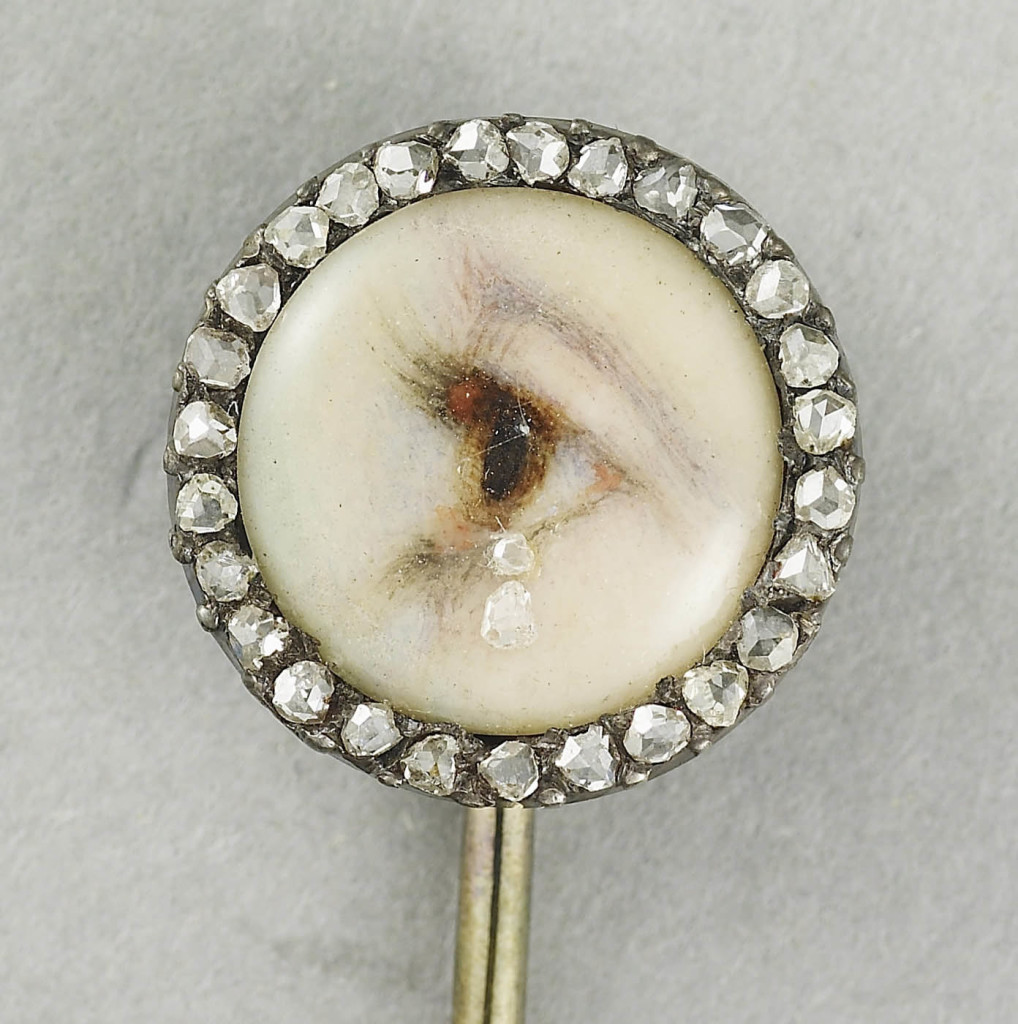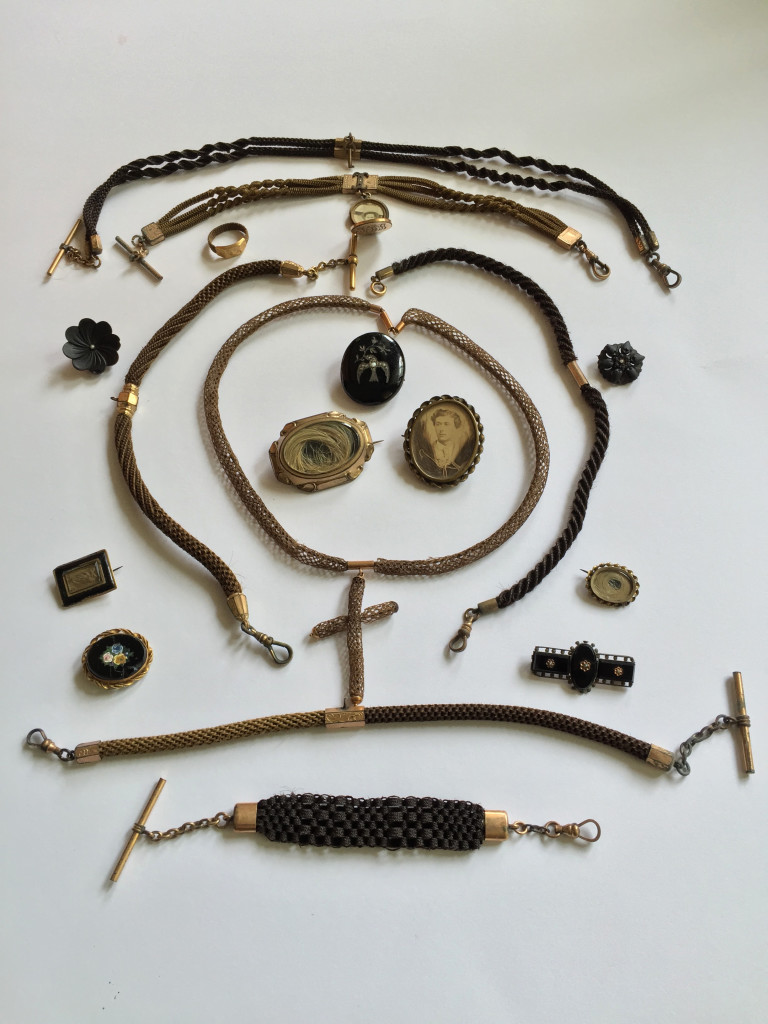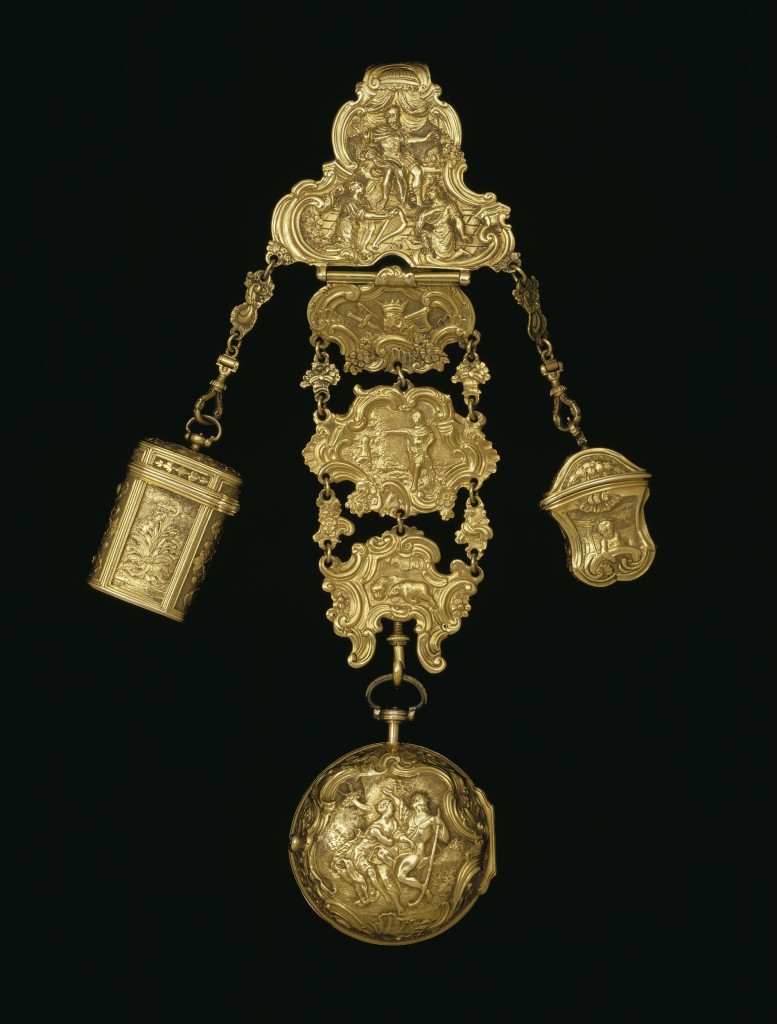Thomas White Memento Mori Watch, c.1780
Watches and clocks with the memento mori motifs were not uncommon, dating from the mid 17th Century to the 1930s. This early Verge silver skull pivots at the top of the cranium, whereas others pivot from the jaw. There are others created that fold open at the top of the head with enamel and diamonds, but pieces like these are extremely rare and command a high price. Examples exist from Switzerland, France, Germany and England. As written by the Taft Museum:
“The skull and watch are part of the standard subject matter of 17th-century vanitas still lifes. Vanitas is from the Latin for “emptiness” or “untruth,” from which comes the English word “vanity.” Such pictures depict objects that have an underlying moral message—usually about the fleeting nature of physical reality. Therefore, it is not surprising that the skull and watch, two reminders of the passage of time, should merge in a single object. The use of the skeleton hand, however, is unusual.1“
If you’re interested in Memento Mori and want to know more about how it developed in Western culture to transcend its personal statement into the symbols of mourning, a good series of articles to start with are below:
Memento Mori Articles and Examples
> How Society Entered Mourning: c.1680-1700 Memento Mori Mourning Ring
> Defining Memento Mori Though Presentation: 18th Century Skull on Pendant
> Skeletal Rings, Memento Mori and the Evolution of the Symbol
> Skulls, Rings, the 19th Century… What We Must Ask








